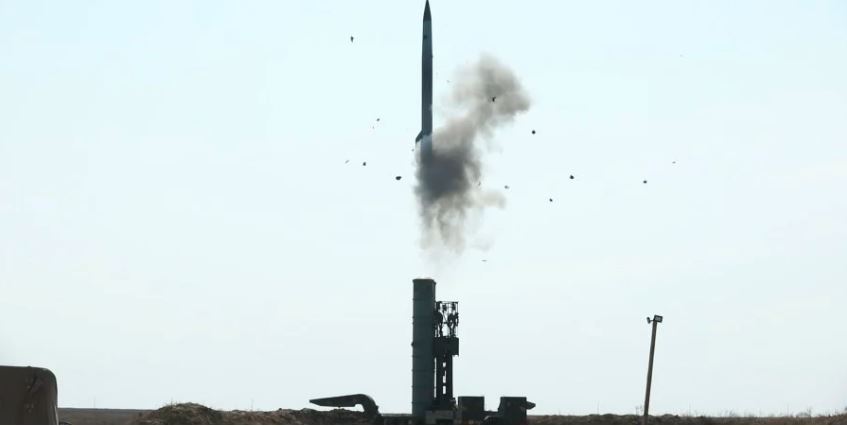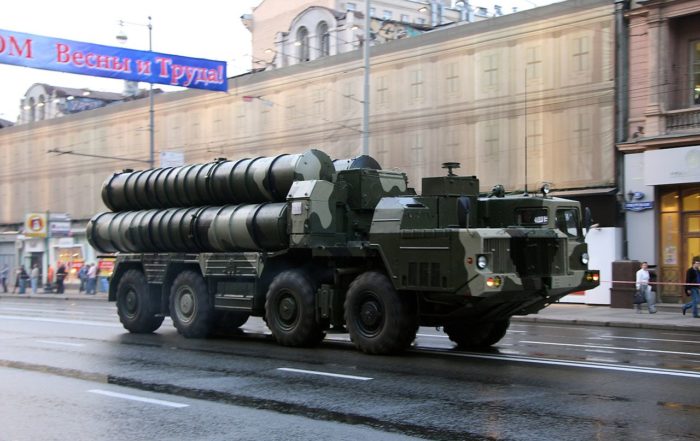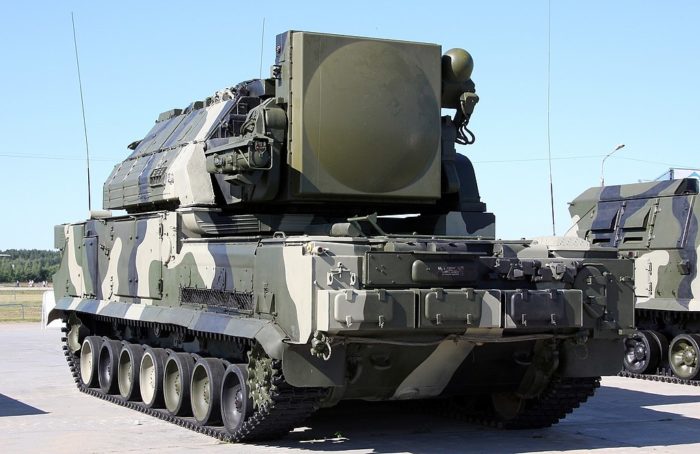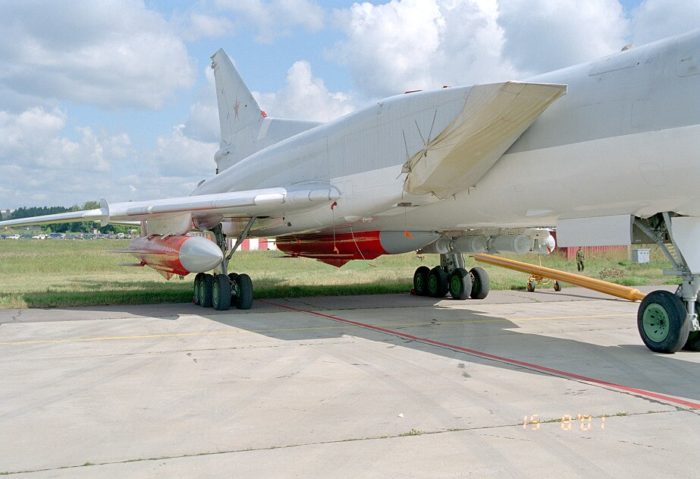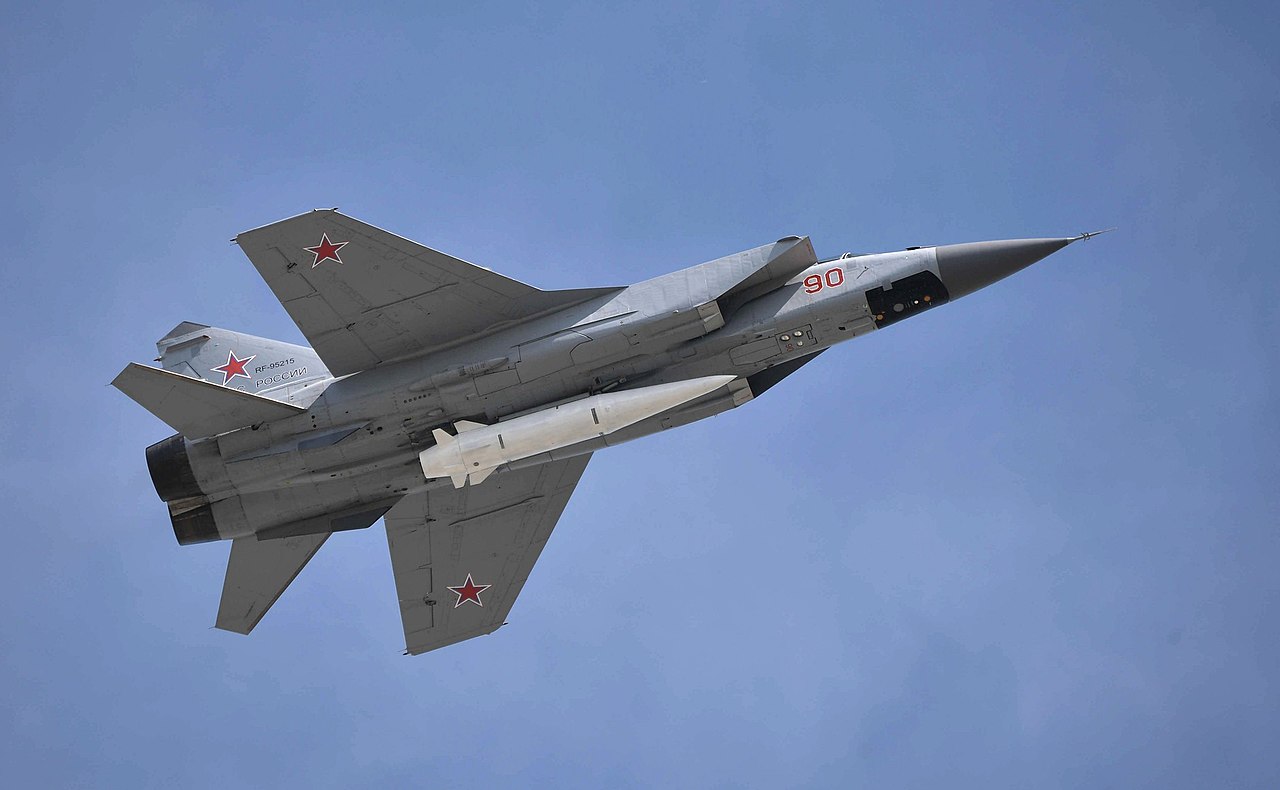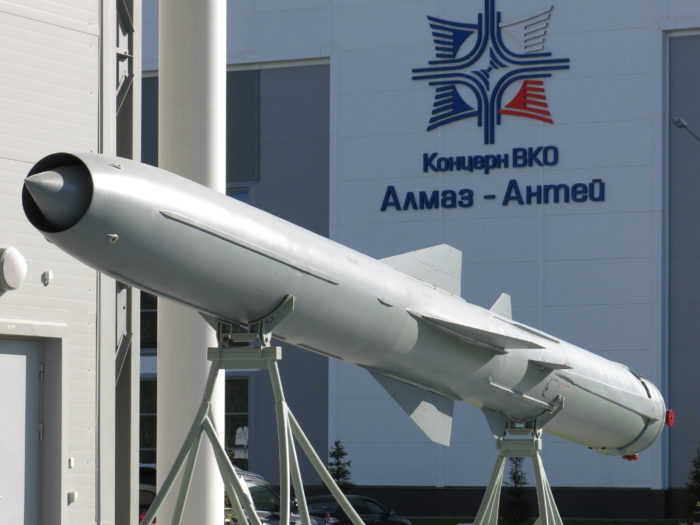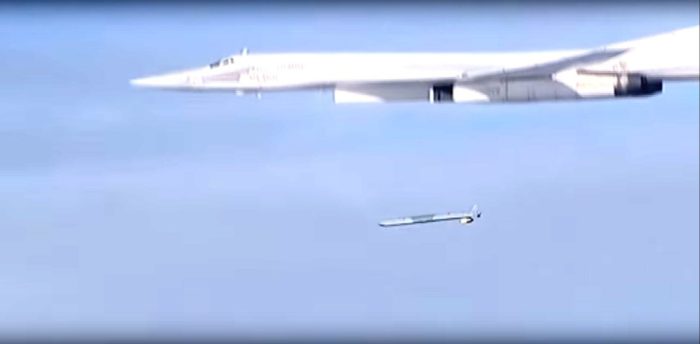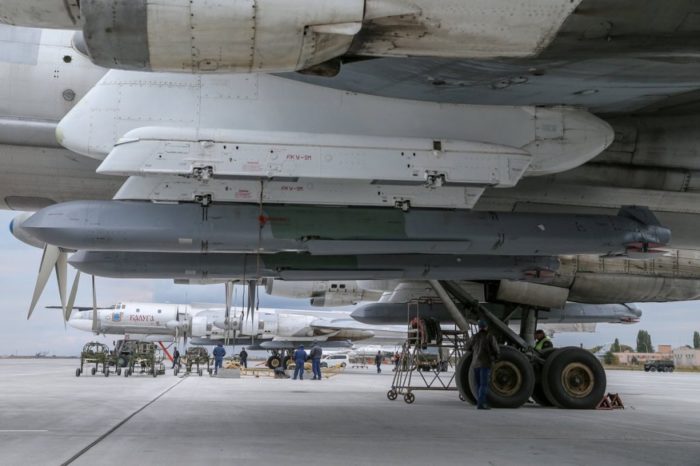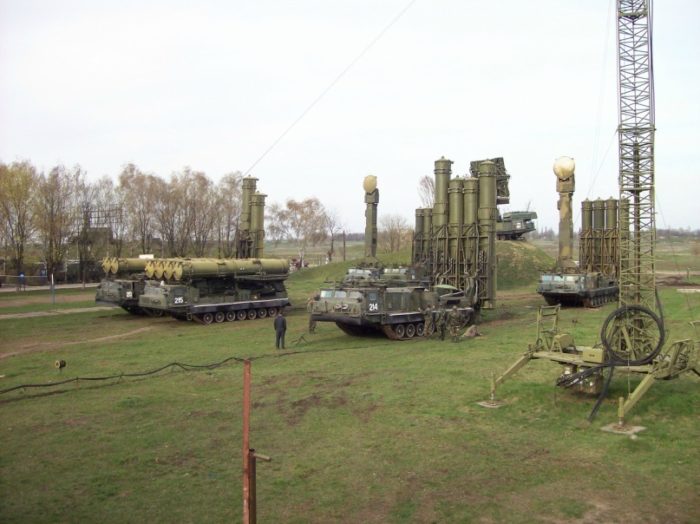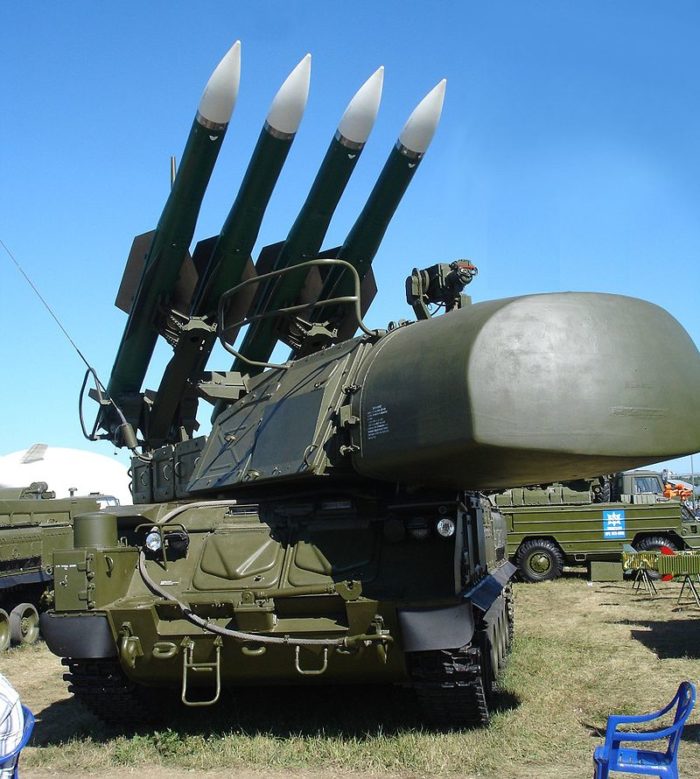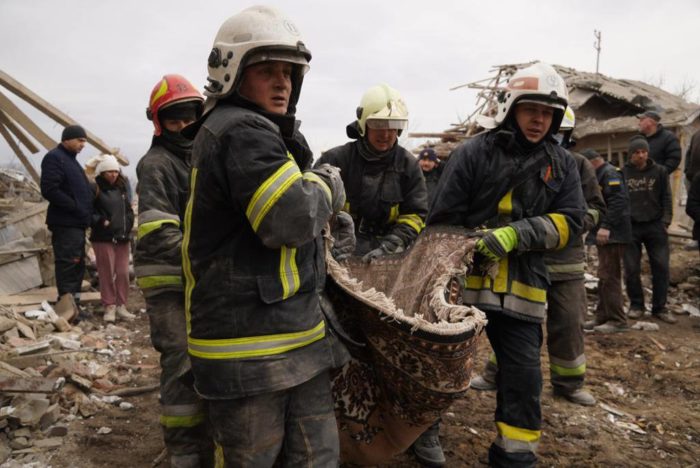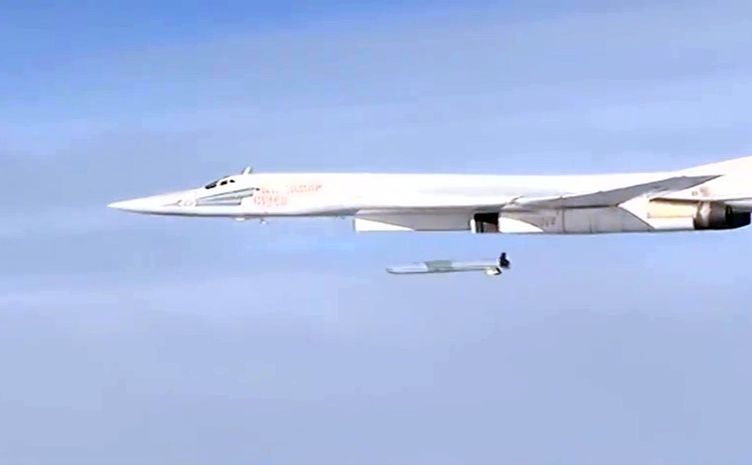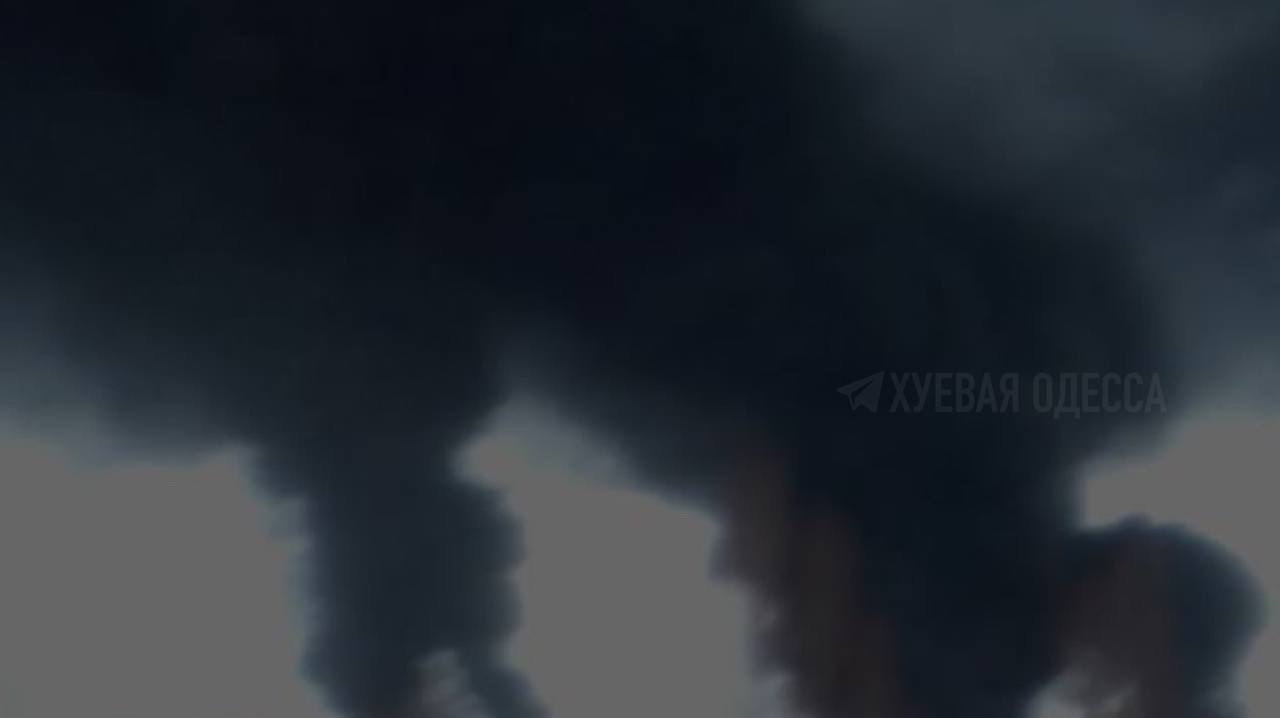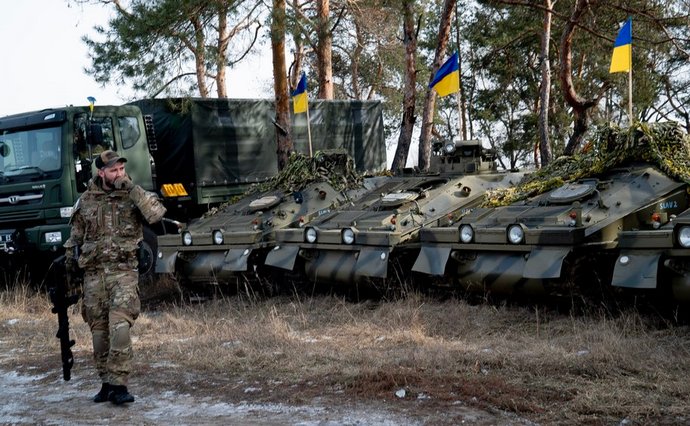Every day, Russian missiles strike not only military facilities of the Armed Forces of Ukraine, but also peaceful Ukrainian cities. On 27 June, the Russian Armed Forces fired two Kh-22 anti-ship missiles into central Kremenchuk, Poltava Oblast, hitting the Amstor shopping mall and the Kredmash road machinery plant. On 1 July, a Russian missile hit a residential building and two missiles struck a recreational center in Serhiivka, Bilhorod-Dnistrovsky Raion, Odesa Oblast. The world was in shock. World leaders finally announced that Ukraine needed medium- and long-range heavy air defense systems to stop the missile terror launched by the Kremlin dictator.
- Has Russia destroyed Ukraine's defense forces?
- US intel helped Ukraine protect air defenses
- What kind of air defense does Ukraine have for now?
- Ukraine air defense capability
- Russian missiles and anti-aircraft defense systems based in the occupied territories
- Ukrainian Armed Forces against high-speed, high-precision Russian missiles
- Strengthening Ukraine’s air defense systems and air raid alerts
- Countries and organizations that provide air defense systems to Ukraine
- New military aid packages will help with missile defense
- Ukraine needs air defense
A deadly attack on a Ukrainian resort town: Russians revenge the Snake Island
On 24 February, besides bombing peaceful cities, Russia attacked Ukrainian military sites manned with air defense systems. Many survived and were reinforced, and then began to regularly destroy enemy aircraft, thereby preventing the Russians from gaining an advantage in the sky.
At that point, Russia began striking Ukraine with rockets, bombs, and missiles. Ukraine’s anti-aircraft guns shoot down a large part of these enemy projectiles, but they cannot protect all the sites and cities. In fact, Ukraine’s air defense systems were not designed to intercept missiles, and they are not powerful enough to protect the entire territory of Ukraine.
Although Ukraine is in great need of ammo and weapons, Air Force spokesperson Yuriy Ihnat believes that Ukraine’s anti air defense function optimally, but reinforcements are sorely needed.
Has Russia destroyed Ukraine’s defense forces?
Russia said it hit Ukraine’s air defenses at the onset of the war. However, the truth is that on 24 February, Russia struck a powerful blow against Ukraine’s air defense system. The Ukrainian Air Force became Russia’s primary target as hundreds of missiles flew at marked facilities in Ukraine: radio technical forces, anti-aircraft missile forces, military airfields and fighter aircraft, which constitute integral components of Ukraine’s air defense system.
After the strike, the Ukrainian Air Force Command moved equipment and personnel to other areas, to reserve airfields, reserve positions, and continued to inflict heavy losses on the enemy.
“Russia expected to destroy us very quickly. But that didn’t happen, because we were ready. In the first and second weeks, our Air Force launched some decisive battles and the enemy suffered heavy losses.
We carried out the possible and the impossible. Everyone thought that we would collapse in the first few days, that we wouldn’t be able to complete our tasks.”
US intel helped Ukraine protect air defenses
What kind of air defense does Ukraine have for now?
Today, the Ukrainian Army has two main complexes in service – the Buk-M1 and S-330, which are exclusively of Russian production. Unfortunately, spare parts cannot be manufactured.
- Buk-M1…
- S-125 … ?
- S-300 air defense system of Ukraine …
Ukraine air defense capability
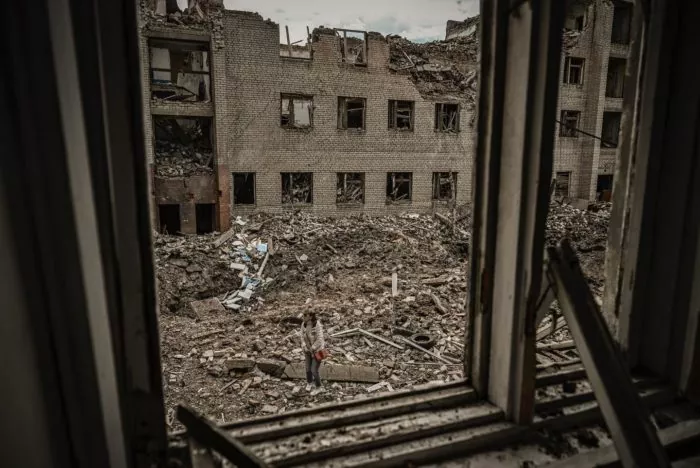
Most of Ukraine’s air defense complexes are old and ineffective.
Yuriy Ihnat says that under present conditions, the effectiveness of Ukraine’s air defense equipment cannot be properly assessed. The war is ongoing.
Initially, Ukraine’s air defense systems were designed to shoot down airborne targets such as aircraft helicopters and unmanned aerial vehicles (UAVs), and not cruise, ballistic or hypersonic missiles.
Ukraine’s air defense complexes were created in the 1960s and 1970s, and are obviously ineffective against high-tech missile systems.
“Therefore, we cannot evaluate the effectiveness of our equipment as enemy missiles are not typical targets. But, we get a perfect score for shooting down enemy aircraft, helicopters and drones.”
Russian missiles and anti-aircraft defense systems based in the occupied territories
Russian forces have increased their arsenal of anti-aircraft defense equipment, mainly the Pantsir, Tor, Buk-M1, Buk-M2, Buk-M3, S-300, S-400.
As all these systems are located in the occupied territories, it is extremely difficult for Ukrainian aircraft to carry out their missions. They find themselves under constant enemy fire and cannot penetrate the enemy’s rear lines. In addition, it is extremely difficult for the Ukrainian Army to restore and repair its equipment and replenish stocks of ammunition.
“In fact, we are counting on the support of our Western partners and mainly on the LendLease program.”
Unfortunately, there has been little assistance in this regard so far, underlines Ihnat. Western partners have provided some spare parts for old Soviet equipment, one S-300 missile complex and thousands of man-portable air-defense systems, such as Stingers, Starstreaks and Polish Pioruns. But, these are all short-range missiles, which are primarily used by the Ukrainian Ground Forces, Air Assault Forces, etc.
“We need heavy equipment: modern fighter jets, as well as mid- and long-range air defense systems.”
Currently, the Ukrainian government and relevant ministries are conducting negotiations on the provision of heavy weapons for the Air Force. Ukrainian fighter pilots and officers even flew to Washington to plead with the American Senate and Congress to send advanced aircraft and weapons.
Ukrainian Armed Forces against high-speed, high-precision Russian missiles
It is impossible for the Ukrainian forces to shoot down high-speed Russian missiles, such as the Kh-22, Kh-47M2 Kinzhal, P-800 Oniks and 9K720 Iskander (ballistic missile system).
On the other hand, Ukrainian complexes use non-standard tactics to shoot down cruise and aviation missiles, such as the Kh-101, Kh-59, Kh-32, Kalibr and others, whose speed does not exceed 800 km/h.
These are high-tech programmed missiles that travel low, adapt to the terrain, fly in riverbeds, and can change course.
“We use all possible and impossible means, even non-standard ones, to counter these missiles. No country has ever faced such massive enemy strikes. The Ukrainian Air Force, the Air Defense Forces of the Ground Forces and other units face such challenges every day and try to find different methods to shoot down enemy missiles.
We call this the art of war, military cunning, a non-standard approach. Russia is numerically and technologically superior, but we are on our land, we have a strong fighting spirit, we have nowhere else to go, and we will implement any solution that might protect our people and our country from the Russian horde.”
In 24-28 June, Moscow launched over 131 missiles on Ukraine.
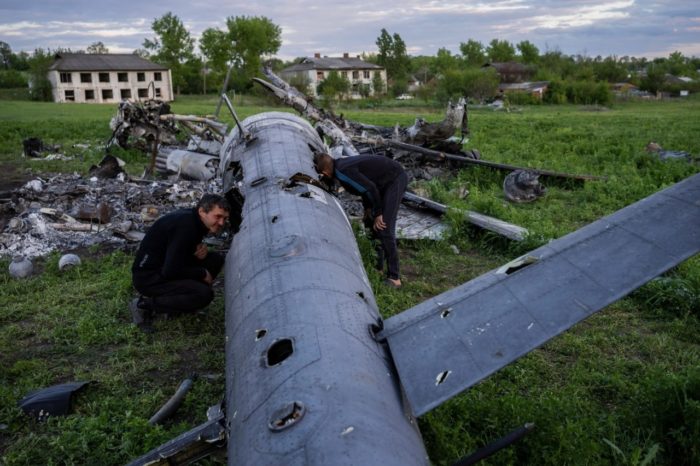
They were launched from several points, depending on the type of missile. For example, the Kalibr cruise missile traveled from the Black Sea. Oniks missiles were fired from the Crimean Bastion zone, targeting mainly Odesa, Mykolayiv, and Dnipropetrovsk oblasts.
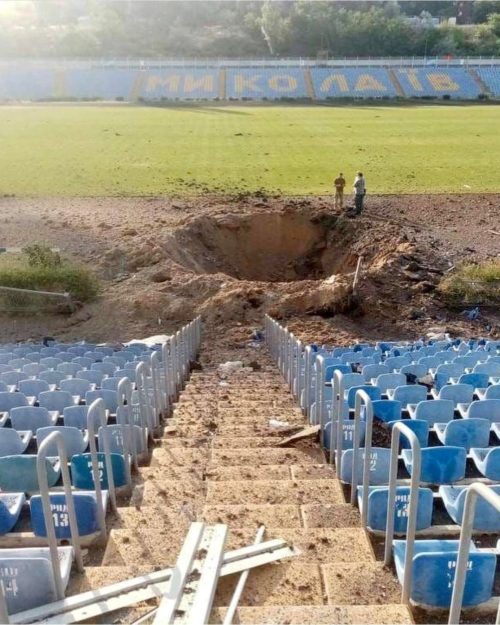
The Kh-22 missile that struck the shopping mall in Kremenchuk was launched from Russia’s Kursk Oblast. In the last days of June, Tu-22 M3 long-range strategic and maritime strike bombers have been taking off from Shaykovka airfield in Russia, flying into Kursk Oblast and launching missiles from there, without reaching the Ukrainian border and without entering Ukraine’s air defense zone. The Kh-22 can fly 600 km, so it will hit any target from the launch site within this radius.
“What this means is clear. Russia is using operational-tactical missile systems (OTRK), mainly the Iskander, Tochka-U, Kh-22, Kh-101, Kalibr and Oniks. All these missiles have been and are still being launched against Ukraine,” confirms Yuriy Ihnat.
Each missile has its range and its tactical and technical characteristics. The Kh-101, the most advanced and expensive missile used by the Russians today, has a range of 5,500 km and a variable flight profile. It is loaded onto the aircraft, which flies to a designated area and launches the missile. Apparently, at the start of the invasion, Kalibr missiles were often launched from the Black Sea. But, when the Russian cruiser Moskva was sunk, the Russian High Command changed tactics.
The Russians began using more and more high-tech missiles, such as the Kh-101, Kalibr and Iskander, but their stock is slowly being depleted. Also, thanks to global sanctions, western companies supplying components and spare parts have interrupted all deliveries to the Russian Federation.
“Someone somewhere in Russia issued an order regarding these missiles. They were to be used sparingly, only against the most important targets, where they were most needed. So, the Russians went back to their old weapons, of which there are countless numbers… missiles like the Kh-22 and Kh-59. Of course, they have been somewhat modified, but they are very old and very inaccurate,” explains Ihnat.
Yuriy Ihnat underlines that it is impossible to count the number of missiles that have been shot down by Ukrainian air defense systems.
Every day, the General Staff of the Armed Forces of Ukraine issues a report on the number of destroyed enemy hardware. Currently – 155 cruise missiles. But, the intensity of the missile strikes is very high, which makes it difficult to give an exact number.
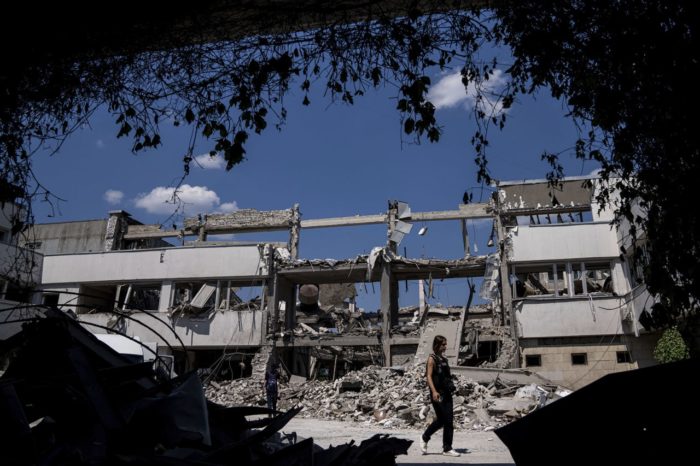
Strengthening Ukraine’s air defense systems and air raid alerts
As to the targets, the Ukrainian Armed Forces prioritize the protection of strategic national sites, such as nuclear power plants, dams, strategic transport junctions, large regional military production centres, and military facilities. The air defense system has been strengthened in these areas.
“Our air defense has become very dynamic and mobile. We are able to move quickly, change positions and strengthen the new position in a short period of time.”
Yuriy Ihnat says out that there is no problem pinpointing the launch site. The Ukrainians use different sources of information, such as radar intelligence, simple intelligence, and information from Ukraine’s partners.
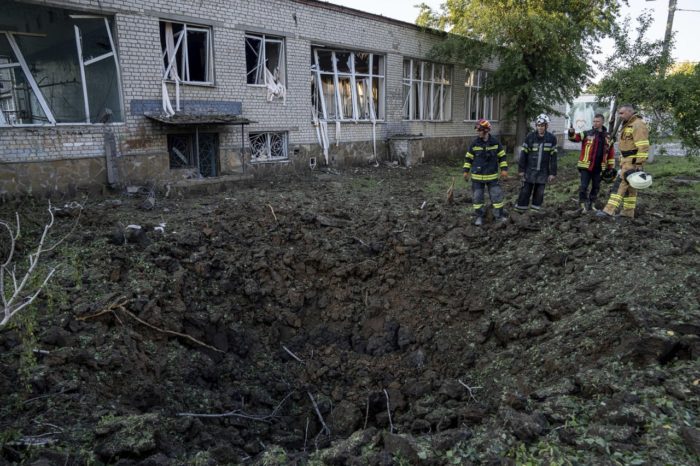
As a rule, the enemy attacks Ukraine from different directions. Therefore, air raid alerts are activated in whatever area that might be in danger.
“Let’s say if a Tu-22 loaded with unguided bombs or a Tu-22 loaded with a 600km range bomb (about half of Ukraine’s territory) takes off from Russia or Belarus, then the alert must be activated according to the flight distance, even before these missiles are launched. If we get information that Kalibr missiles will be launched from the Black Sea and we know that these missiles can travel approximately 2,500 km, we calculate their route accordingly.
But, we know that these missiles can change course, so we must work with a special algorithm, which calculates all possible strike zones… and then the alert is activated. If missiles travel from the Caspian Sea (which means a range of 5,500 km) then the alert is activated all across Ukraine.
In such cases, they can strike anywhere, especially when five or six Tu-95 or Tu-160 planes take off, each carrying from eight to twelve killer missiles.”
Countries and organizations that provide air defense systems to Ukraine
New military aid packages will help with missile defense
On 1 July, the Pentagon announced $820 million in new military aid to Ukraine, which includes advanced mid- to long-range air defense systems (National Advanced Surface-to-Air Missile System (NASAMS), counter-artillery radars to respond to Russia’s heavy use of long-range strikes. It also announced up to 150,000 rounds of 155mm artillery ammunition through the Ukraine Security Assistance Initiative.
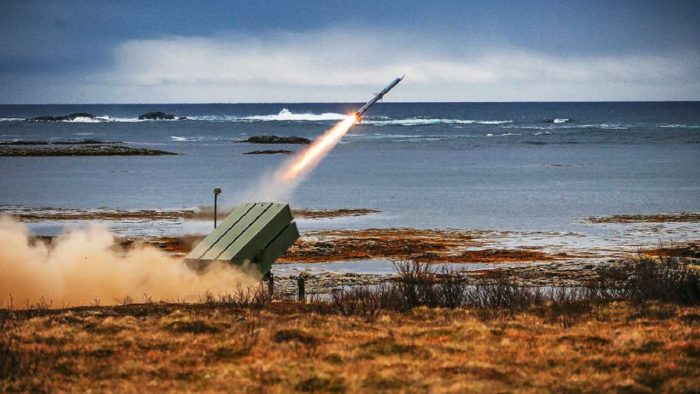
NASAMS are developed by Norway’s Kongsberg Defence and Aerospace in cooperation with the American company Raytheon Technologies. The advanced weapons mark a shift from the traditional Russian-made air defense systems, like the S-300.
“This system, co-produced by Norway and the US, is a NATO system, so for us, it’s important to start helping the Ukrainians transition their air defense systems from what is now a Soviet-type system, to introduce some of this modern technology,” said a senior defense official.
How quickly will the new weapons arrive? Contracts are expected to be completed within weeks or months but Ukrainian forces will need extensive training to use the super-efficient systems.
Yuriy Ihnat points out that such systems will significantly help the Ukrainian Air Force as Ukraine needs to replenish and reinforce its combat arsenal.
Therefore, the arrival of high-tech western systems, such as the German IRIS-T and the Norwegian-American NASAMS, will seriously reinforce Ukraine’s air defense system.
“These are modern complexes; their radars are technological, their missiles are better and more manoeuvrable. The NASAMS missile (AIM-120 AMRAAM), for example, can strike not only cruise missiles, but also ballistic missiles, such as the Iskander. Therefore, let’s hope that these systems will arrive as quickly as possible.”
Last month, French President Emmanuel Macron said that France would deliver six additional long-range self-propelled Caesar howitzers to Ukraine, another potent weapon.
On 25 June, Ukraine started deploying newly delivered HIMARS against Russian forces, their weapons warehouses and their command posts. According to Ukraine’s Commander-in-Chief Valeriy Zaluzhnyi: “Artillerymen of the Armed Forces of Ukraine skilfully hit certain targets – military targets of the enemy on our own Ukrainian territory.”
The latest US military aid package to Ukraine was announced by the Pentagon on 8 July, 2022. It amounts to $400 million and includes the following :
- 4 HIMARS and ammunition
- 1,000 rounds of 155mm artillery with increased precision capability
- tactical vehicles
- counter battery radar systems
- spare parts and other equipment
The new arms package brings the total that the US has committed in military and security assistance to Ukraine to approximately $7.6 billion.
Ukraine needs air defense
However, in view of Russia’s huge Soviet-inherited military arsenal and its artillery’s tremendous fire power, western partners must provide Ukraine with a steady and substantial supply of advanced weapons in order to stop the massacre of civilians in peaceful cities and give the Ukrainian Army and Air Force the chance to turn the tide in their favor.
Read more:
- How will UK PM Johnson’s resignation affect Ukraine?
- Challenges to Russian arms resupply: tanks, combat aviation, artillery ammunition
- War in Ukraine is worst we’ve seen, say Iraq and Afghan veterans – Foreign Legion spox
- Ukraine needs the capability to attack Russian airfields – former commander US Army Europe
- Ukraine seeks $750 bn to rebuild country at Recovery Conference in Switzerland
- We should be asking what feature of Russian politics is not fascist – Timothy Snyder
- By invading Ukraine, Putin has hastened the disintegration of Russia, Etkind says
- I am a researcher, not a military man. But there is war in my country: letter from the front




